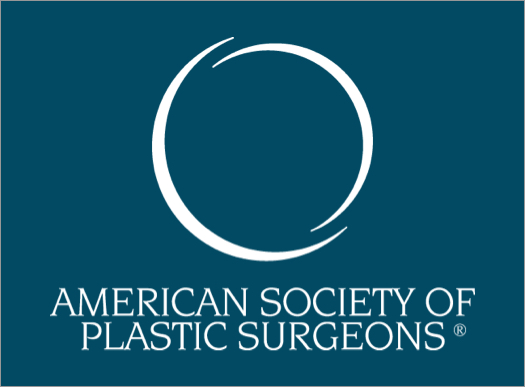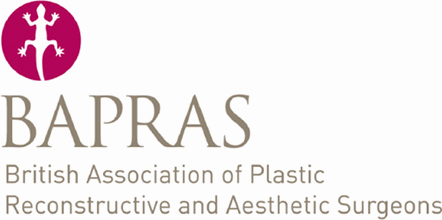Labioplasty
A labioplasty (or labiaplasty) is a surgical procedure that will reduce and/or reshape the labia minora – the skin that covers the female clitoris and vaginal opening. Occasionally women also request reduction of the labia majora. This can be done at the same time through the labioplasty incision. Women with large labia complain of pain during intercourse, discomfort during everyday activities and often feel considerable embarrassment. Labial reduction can also greatly improve the aesthetic appearance of an abnormally enlarged labia.
What does the surgery involve?
The procedure can be performed under local or general anaesthetic and takes approximately 1 hour to perform. It involves removal of excess tissue by a wedge excision, leaving a scar hidden at the base of the labia. The wound is closed with dissolving stitches and an antibiotic cream is applied locally.
What are the risks and side effects of surgery?
Having cosmetic surgery can be a very positive experience. Complications are infrequent and usually minor. However, no surgery is without risk and it is important that you are aware of possible complications.
Scar – scars hidden at the base of the labia tend to settle remarkably well, so that they are barely perceptible. However some people heal with thick scars and this can make them more noticeable.
Bruising and swelling – this is very common and bruising may take a couple of weeks to settle.
Haematoma – this can happen if a bleed occurs under the skin, allowing a large blood clot to form. If this does occur, it is likely to happen within four to six hours of surgery. Any increase in pain should be reported immediately. Sometimes patients need to have this blood removed with another short operation.
Infection – this is an area prone to infection and I therefore give you a short course of antibiotics to take preventatively. With the use of antibiotics, infections are uncommon.
Thrush – if you have a tendency to develop thrush, then surgery or antibiotics can exacerbate this. I would recommend that you take thrush treatment to prevent an infection occurring.
Poor or delayed healing – occasionally this occurs. These healing difficulties are exceptionally rare but can range from minor problems, such as small areas that take a week or so to heal, to larger areas that may need resuturing. People who have diabetes, smoke, or are obese are at an increased risk of delayed healing.
DVT/PE/fat embolus – following any surgical procedure it is possible to develop a blood clot in your legs, which could potentially break off and move to your lungs. If the blood clot is large enough it could prove fatal. In order to reduce any risks of this we give you special stockings to wear in bed and a blood thinning injection if you are not mobile.
All the risks will be discussed in detail at your consultation. However, if you have further questions or concerns, do not hesitate to discuss these with me. Decisions about cosmetic surgery should never be rushed.
What happens after the operation?
Healing is generally rapid and personal hygiene with washing is possible on the day after surgery. Keep the area clean and dry and it is useful to use a sanitary pad to avoid soiling of undergarments with some inevitable wound oozing.
Swelling and bruising after surgery are typical but settle rapidly and scarring takes longer. The final shape of the labia is best assessed only after 6 months of surgery.
Before you leave the hospital, you will be given a follow up appointment to see the nurse the next week. This is to check on your progress and also the wounds. All sutures are dissolvable and do not need to be removed.
What is the estimated time for recovery, absence from work and return to usual activities?
Recovery times vary from one person to another but most people can return to work at a week. I would recommend showering but not bathing for the first 2 weeks. If you have any concerns during this period, do contact the hospital team for advice.
How much does the surgery cost?
Pre and Post-Operation Instructions (PDF)

I hope you find this information useful. If you have any questions or require a little more information then please do not hesitate to contact me.











